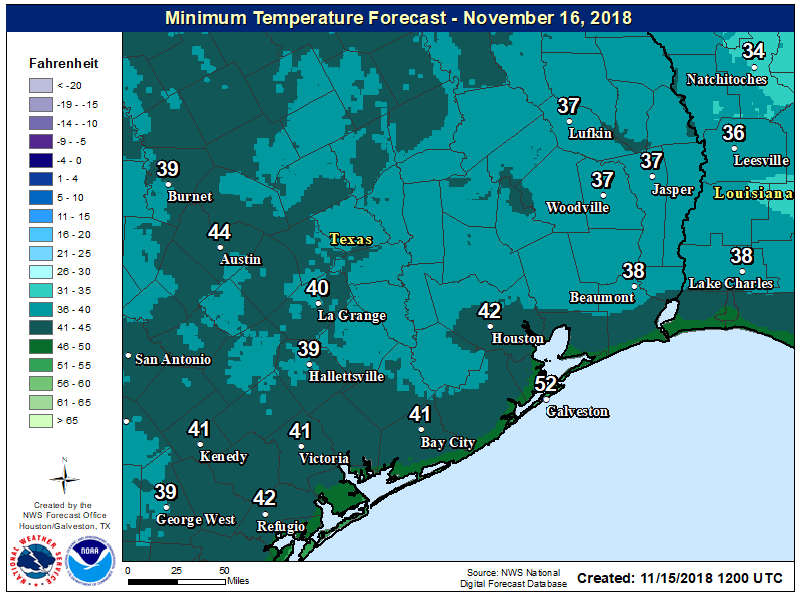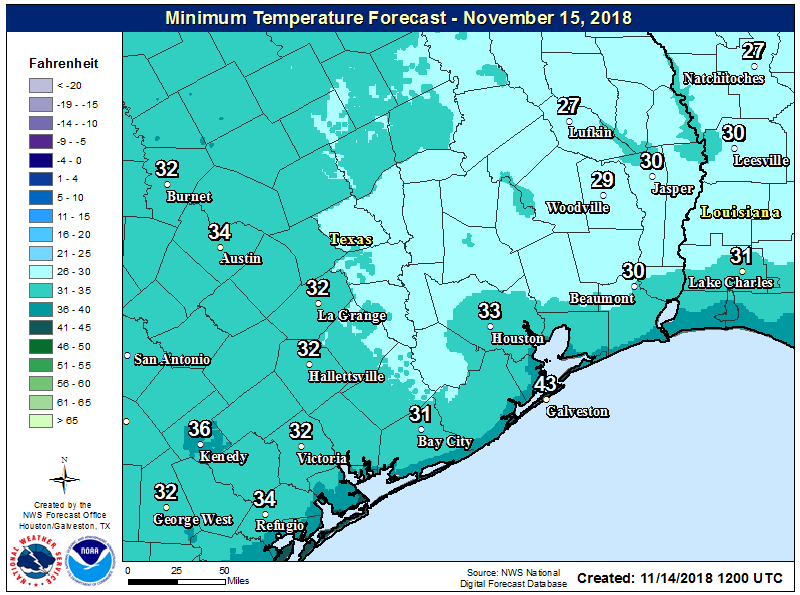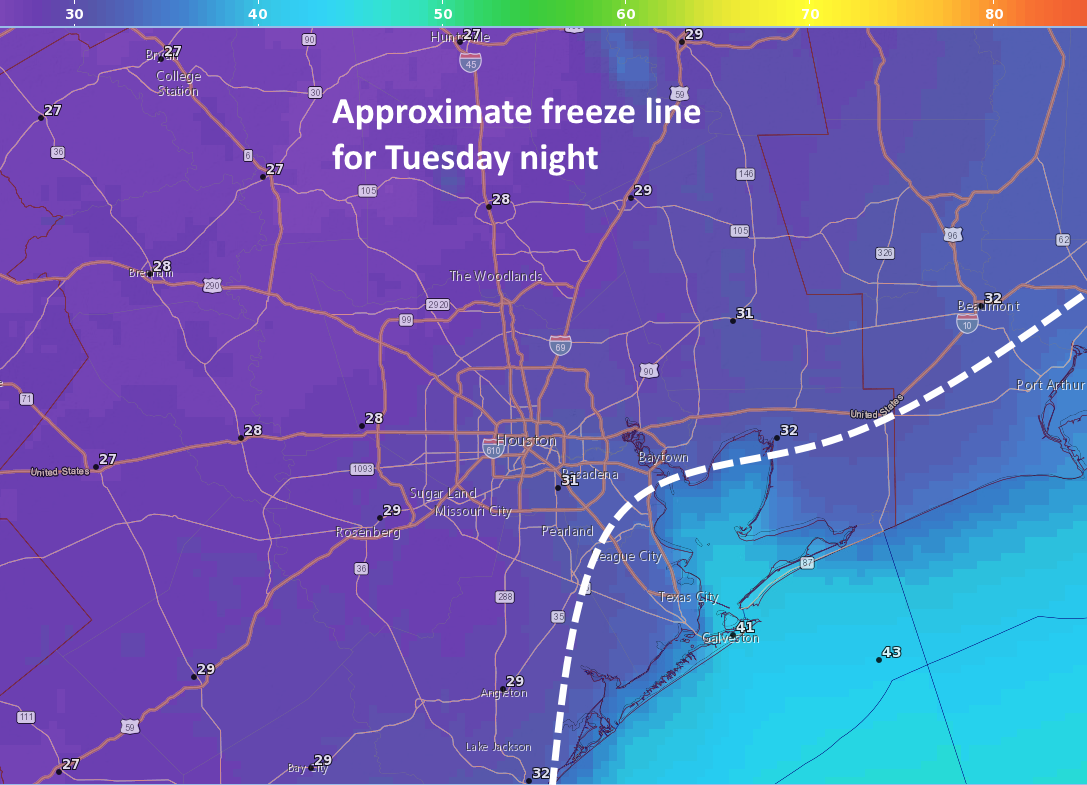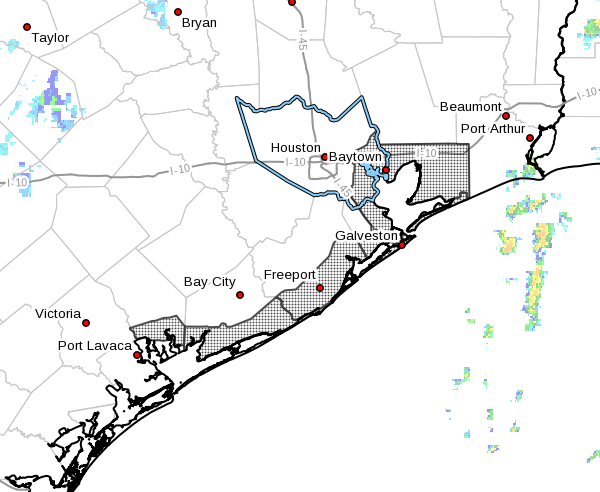We’re seeing another morning of freezing, or near-freezing temperatures this morning across Houston, but the region will now emerge from the ice box to enjoy several really pleasant fall-like days. Unfortunately, by Sunday or so, our forecast for the coming holiday week turns a bit murky. We definitely have some concerns for the busiest travel days of the year.
Thursday and Friday
With high pressure in place overhead, we’ll see sunny skies, with high temperatures on Thursday near 60 degrees, and in the mid- to upper-60s on Friday night. Overnight lows will be comfortably above freezing, but still in the 40s for most of the region except for the coast.

Saturday
A very nice weekend day, with high temperatures generally in the low 70s for Houston, under partly to mostly sunny skies. After several days of northerly winds, a southerly flow will resume, bringing moisture back into the atmosphere, and setting the table for better rain chances as early as Sunday. Your dry skin, at the very least, will be happy.



